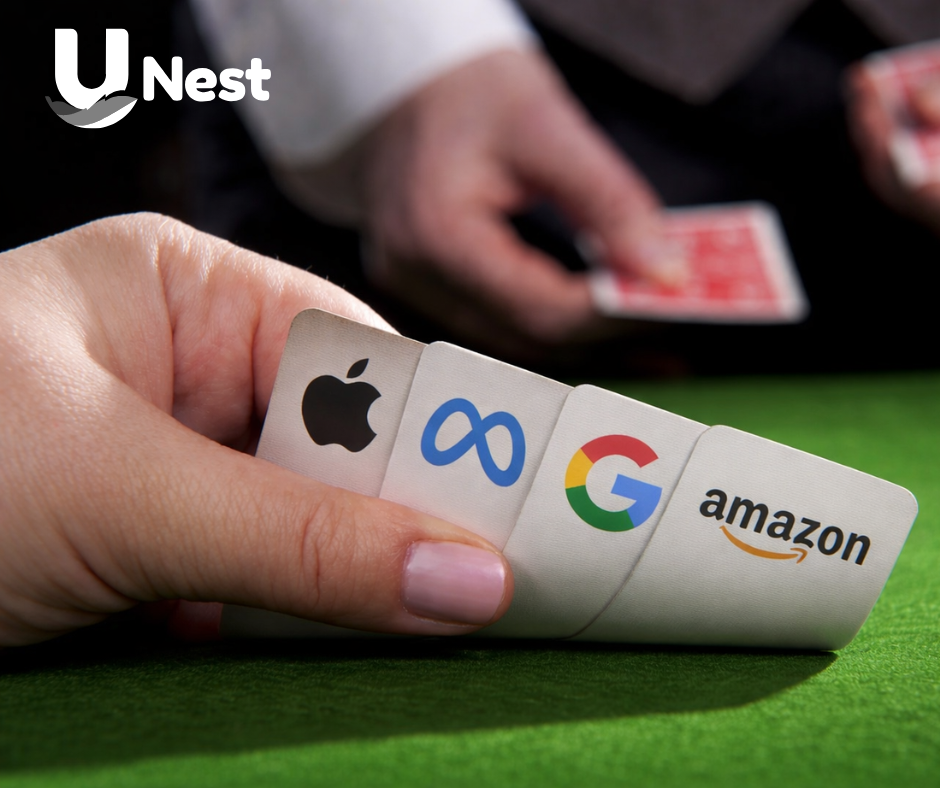Teaching Kids the Difference Between Investing and Gambling
In today's digital world, the lines between investing, gaming, and gambling are getting blurrier - especially for teens. A growing number of young people are encountering platforms that look like…








